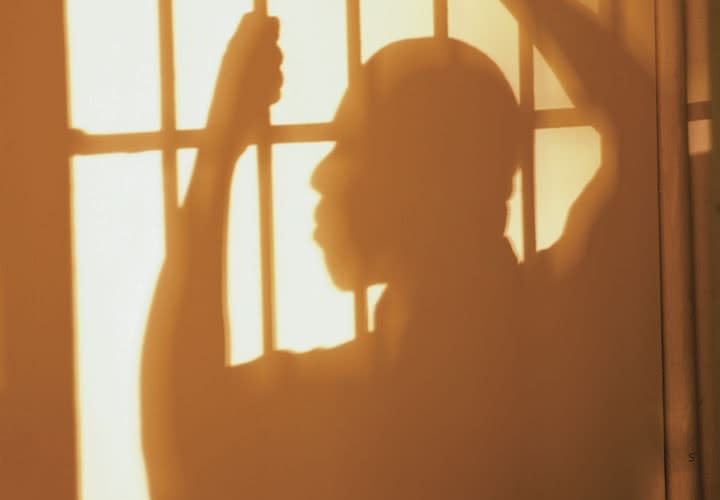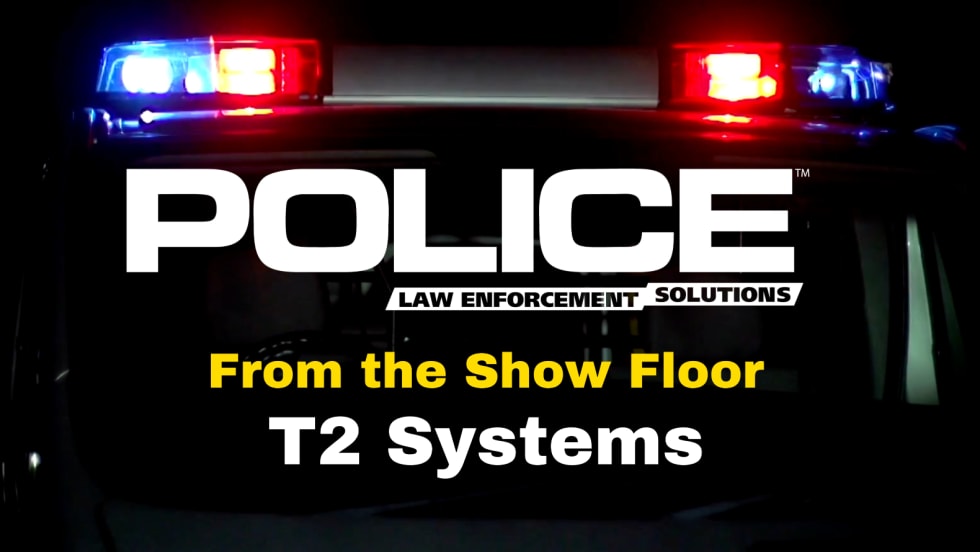The rationale advanced by the Mathis dissenters was subsequently adopted by some lower courts to distinguish inmate interrogation from arrestee interrogation. (U.S. v. Willoughby—2nd Circuit; U.S. v. Cooper—4th Circuit; U.S. v. Menzer—7th Circuit; U.S. v. Ingle—8th Circuit; U.S. v. Turner—9th Circuit; U.S. v. Grimes—11th Circuit) It was not until 2010 that the Supreme Court next considered the issue of inmate "custody."[PAGEBREAK]Maryland v. Shatzer
Michael B. Shatzer was serving his sentence in a Maryland correctional facility when police tried to question him about an unsolved crime. The investigating officer Mirandized Shatzer, who invoked his right to counsel. Questioning stopped, and Shatzer was returned to the general population. The investigation was dropped.
Two years and six months later, a different investigator re-opened the case and went back to the prison to talk to Shatzer. Questioning took place in a maintenance room. Shatzer was again Mirandized, and this time he waived and confessed. Convicted on the new charges, Shatzer appealed to the Maryland Court of Appeals, which reversed the convictions. This court focused on the fact that two and one-half years before confessing, Shatzer had invoked his right to counsel, which made him "question-proof" as long as he remained in custody. The state appealed to the U.S. Supreme Court, which then reversed the Maryland court's ruling.
The Supreme Court first created an arbitrary time limit as to how long an invocation of counsel would be effective against subsequent interrogation once the suspect has been released from custody (14 days). The court next ruled that returning an inmate to the general population constitutes a "break in custody," because (echoing the Mathis dissent) he has been put back into his familiar surroundings. Since Shatzer had been released from custody long enough to dissolve his prior invocation of counsel, his subsequent waiver was valid and his statement admissible.
The court noted that the prosecution had not raised an issue as to whether or not Shatzer's questioning had been custodial, saying "No one questions that Shatzer was in custody during the interviews." And in a footnote, the court said that "When a prisoner is removed from the general population and taken to a separate location for questioning," his circumstances have changed to "interrogative custody." These comments were seized upon by the Sixth Circuit Court of Appeals to support its decision in the latest inmate case reviewed by the Supreme Court, in 2012.













